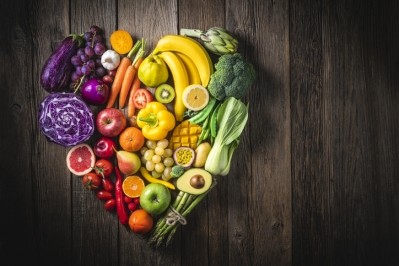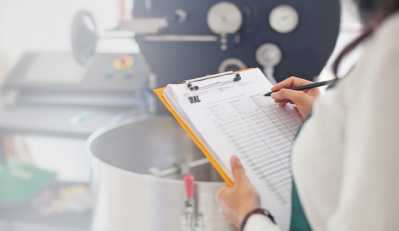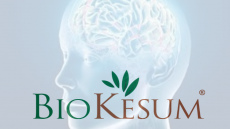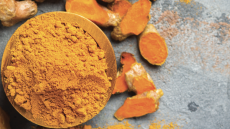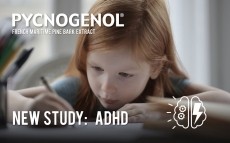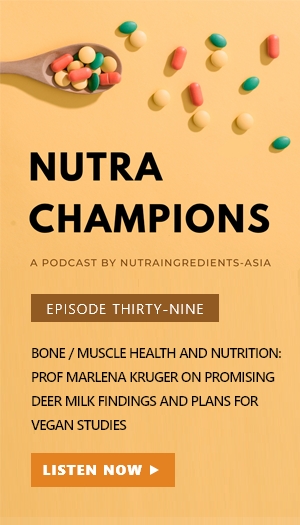Japan red yeast rice extract crisis: The three key elements that require safety tests during production
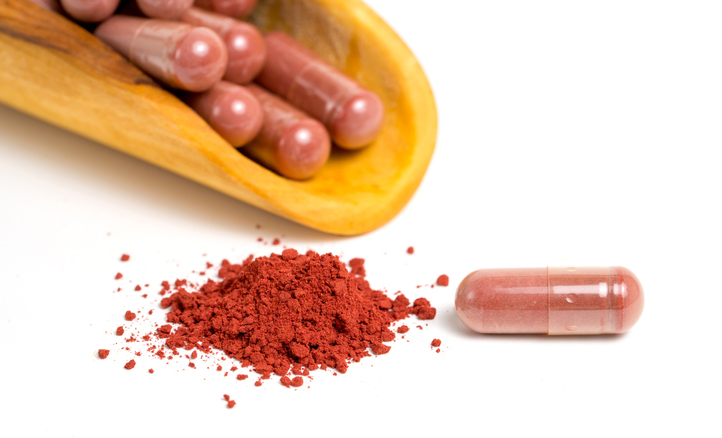
Red yeast rice has received widespread attention in the past week following reports about Japan’s Kobayashi Pharmaceutical’s red yeast rice supplements and their suspected links with kidney disease cases and two reports of death.
The company has since called for a recall of all its red yeast rice supplements, as well as discontinued production of both its finished products and red yeast rice raw materials.
While a causal relationship is not yet established between its products and complaints of kidney disease, the company said in a press conference last week that puberulic acid has been detected. The compound is known to be a potent antimalarial agent.
According to industry experts, some of the compounds that could undermine the safety of red yeast rice extract include pesticides, heavy metals, and the mycotoxin citrinin which could damage the kidneys.
Fermented red yeast rice could offer health benefits through its secondary metabolites, such as Monascin and Ankaflavin, as they could help inhibit non-alcoholic fatty liver and produce antioxidant and anti-inflammatory effects.
However, the fermentation process could also produce harmful substances such as citrinin, according to Dr. Tzu-Ming Pan, chief technology officer at Taiwan-based SunWay Biotech and Honorary Professor at National Taiwan University’s Department of Biochemical Science and Technology.
“Fungal fermentation can produce both beneficial and harmful metabolites. Beneficial secondary metabolites, such as Monascin and Ankaflavin (yellow pigments), can offer various health benefits. However, harmful substances like citrinin can also be produced.
“It is worth inquiring about how manufacturers control their processes to strictly monitor and ensure the safety and compliance of the raw materials or products produced.”
He pointed out how Good Manufacturing Practice (GMP) could offer more assurance to product safety.
SunWay Biotech produces the red yeast rice extract ANKASCIN 568-R, which the firm said was manufactured via fermentation using white rice produced by local Taiwanese rice merchants.
In response to queries from NutraIngredients-Asia, Sunway Biotech’s president John Pan said that there were three key elements to take note of to ensure safety and quality of red yeast rice products.
The three key elements are the fermentation substrate, the red yeast rice, and the red yeast rice extract.
“When producing red yeast extract or sourcing its raw materials, companies must vigilantly manage several risky compounds to ensure the safety and quality of their products,” he said.
First, the fermentation substrate, white rice, in this case, requires thorough testing for pesticides, heavy metals, and mycotoxins – such as aflatoxins and ochratoxins – that can contaminate the crop.
Second, the red yeast rice, the fermented product, must be scrutinised for citrinin.
Third, for the final red yeast extract products, it is crucial to test for a range of contaminants, including citrinin, heavy metals, microbes, phthalates, ethylene oxide, and the levels of Monacolin K (MK), to ensure that they meet safety standards.
“To guarantee safety and quality, a comprehensive testing protocol is enforced at every stage of production. For rice, the foundational ingredient, we advise conducting regular spot checks to monitor for contaminants.
“Furthermore, we recommend that both the red yeast rice and its extract undergo testing for each batch, ensuring that every product batch adheres to the highest safety standards,” said Pan.
External efforts
Controlling other factors such as the production environment, equipment, and personnel involved is also crucial in preventing contamination.
Pan said that his company, for example, used sealed auto solid-state fermenters as part of its proprietary fermentation method.
“This approach enables us to assure product safety from the inoculation stage onwards. By precisely regulating moisture, temperature, and air quality, we effectively minimise the risk of contamination from undesired microorganisms and the production of citrinin.
“The implementation of stringent sanitation protocols, coupled with comprehensive training for our personnel, further enhances the safeguarding of product integrity. These measures are indispensable for the production of red yeast extract that is both safe and of the highest quality,” he said.
